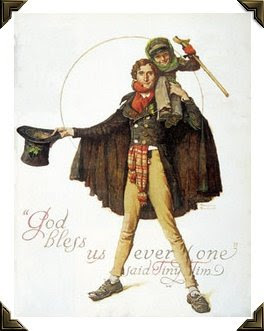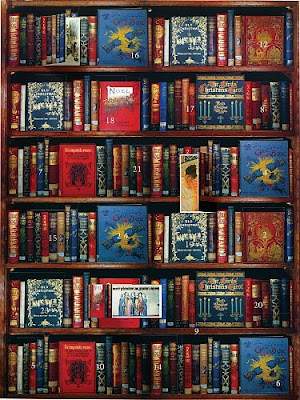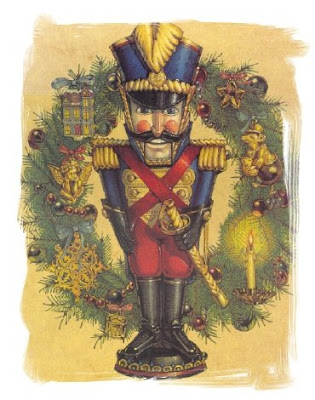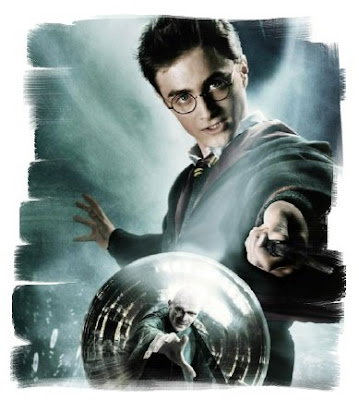.jpg) With Christmas & Yule's fast approach, And -->I just put up my tree yesterday. I thought I would blog a little info on the Christmas tree. It is such a part of the traditional Christmas festivities and such a center piece. My tree is artificial.. I walk in the woods the week before Yule, and find a proud grand fir, and ask for a a small sampling of his beautiful branch's so I may smell the scent of Christmas past, and partake in a small way in the celebrations of the ancients.... Happy HoildaysBeeTraditions: Christmas Trees
With Christmas & Yule's fast approach, And -->I just put up my tree yesterday. I thought I would blog a little info on the Christmas tree. It is such a part of the traditional Christmas festivities and such a center piece. My tree is artificial.. I walk in the woods the week before Yule, and find a proud grand fir, and ask for a a small sampling of his beautiful branch's so I may smell the scent of Christmas past, and partake in a small way in the celebrations of the ancients.... Happy HoildaysBeeTraditions: Christmas Trees
The fir tree has a long association with Christianity, it began in Germany almost 1,000 years ago when St Boniface, who converted the German people to Christianity, was said to have come across a group of pagans worshipping an oak tree. In anger, St Boniface is said to have cut down the oak tree and to his amazement a young fir tree sprung up from the roots of the oak tree. St Boniface took this as a sign of the Christian faith. But it was not until the 16th century that fir trees were brought indoors at Christmas time.Germans and Scandinavians placed evergreen trees inside their homes or just outside their doors to show their hope in the forthcoming spring. Our modern Christmas tree evolved from these early traditions.
Top ten christmas trees sold in the united states .Voted #1 - Fraser Fir
Voted #2 - Douglas Fir
Voted #3 - Balsam Fir
Voted #4 - Colorado Blue Spruce V
Voted # 5 - Scotch Pine -
Voted #6 - Eastern Red Cedar -
Voted #7 - White Spruce -
Voted #8 - Eastern White Pine -
Voted #9 - White Fir or Concolor Fir
Voted #10 - Virginia Pine
( Where I live in the Pacific NW--> it is; Douglas fir, Blue spruce, Grand fir and Noble fir.)
CHRISTMAS TREE TRADITION HAS ANCIENT ORIGINSKing Tut never saw a Christmas tree, but he would have understood the tradition which traces back long before the first Christmas.
The Egyptians were part of a long line of cultures that treasured and worshipped evergreens. When the winter solstice arrive, they brought green date palm leaves into their homes to symbolize life's triumph over death.
The Romans celebrated the winter solstice with a fest called Saturnalia in honor of Saturnus, the god of agriculture. They decorated their houses with greens and lights and exchanged gifts. They gave coins for prosperity, pastries for happiness, and lamps to light one's journey through life.
Centuries ago in Great Britain, woods priests called Druids used evergreens during mysterious winter solstice rituals. The Druids used holly and mistletoe as symbols of eternal life, and place evergreen branches over doors to keep away evil spirits.
Legend has it that Martin Luther began the tradition of decorating trees to celebrate Christmas. One crisp Christmas Eve, about the year 1500, he was walking through snow-covered woods and was struck by the beauty of a group of small evergreens. Their branches, dusted with snow, shimmered in the moonlight. When he got home, he set up a little fir tree indoors so he could share this story with his children. He decorated it with candles, which he lighted in honor of Christ's birth.
The Christmas tree tradition most likely came to the United States with Hessian troops during the American Revolution, or with German immigrants to Pennsylvania and Ohio.
But the custom spread slowly. The Puritans banned Christmas in New England. Even as late as 1851, a Cleveland minister nearly lost his job because he allowed a tree in his church. Schools in Boston stayed open on Christmas Day through 1870, and sometimes expelled students who stayed home.
The Christmas tree market was born in 1851 when Catskill farmer Mark Carr hauled two ox sleds of evergreens into New York City and sold them all. By 1900, one in five American families had a Christmas tree, and 20 years later, the custom was nearly universal.
Christmas tree farms sprang up during the depression. Nurserymen couldn't sell their evergreens for landscaping, so they cut them for Christmas trees. Cultivated trees were preferred because they have a more symmetrical shape then wild ones.
CHRISTMAS TREE HISTORYDid a celebration around a Christmas tree on a bitter cold Christmas Eve at Trenton, New Jersey, turn the tide for Colonial forces in 1776? According to legend, Hessian mercenaries were so reminded of home by a candlelit evergreen tree that they abandoned their guard posts to eat, drink and be merry. Washington attached that night and defeated them.
The Christmas tree has gone through a long process of development rich in many legends, says David Robson, Extension Educator, Horticulture, with the Springfield Extension Center.
Some historians trace the lighted Christmas tree to Martin Luther. He attached lighted candles to a small evergreen tree, trying to simulate the reflections of the starlit heaven -- the heaven that looked down over Bethlehem on the first Christmas Eve.
Until about 1700, the use of Christmas trees appears to have been confined to the Rhine River District. From 1700 on, when lights were accepted as part of the decorations, the Christmas tree was well on its way to becoming a tradition in Germany. Then the tradition crossed the Atlantic with the Hessian soldiers.
Some people trace the origin of the Christmas tree to an earlier period. Even before the Christian era, trees and boughs were used for ceremonials. Egyptians, in celebrating the winter solstice -- the shortest day of the year -- brought green date palms into their homes as a symbol of "life triumphant over death". When the Romans observed the feast of saturn, part of the ceremony was the raising of an evergreen bough. The early Scandinavians were said to have paid homage to the fir tree.
To the Druids, sprigs of evergreen holly in the house meant eternal life; while to the Norsemen, they symbolized the revival of the sun god Balder. To those inclined toward superstition, branches of evergreens placed over the door kept out witches, ghosts, evil spirits and the like.
This use does not mean that our Christmas tree custom evolved solely from paganism, any more than did some of the present-day use of sighed in various religious rituals.
Trees and branches can be made purposeful as well as symbolic. The Christmas tree is a symbol of a living Christmas spirit and brings into our lives a pleasant aroma of the forest. The fact that balsam fir twigs, more than any other evergreen twigs, resemble crosses may have had much to do with the early popularity of balsam fir used as Christmas trees.


.jpg)
.jpg)

.jpg)



.jpg)
.jpg)


.jpg) With Christmas & Yule's fast approach, And -->I just put up my tree yesterday. I thought I would blog a little info on the Christmas tree. It is such a part of the traditional Christmas festivities and such a center piece. My tree is artificial.. I walk in the woods the week before Yule, and find a proud grand fir, and ask for a a small sampling of his beautiful branch's so I may smell the scent of Christmas past, and partake in a small way in the celebrations of the ancients....
With Christmas & Yule's fast approach, And -->I just put up my tree yesterday. I thought I would blog a little info on the Christmas tree. It is such a part of the traditional Christmas festivities and such a center piece. My tree is artificial.. I walk in the woods the week before Yule, and find a proud grand fir, and ask for a a small sampling of his beautiful branch's so I may smell the scent of Christmas past, and partake in a small way in the celebrations of the ancients.... Christmas without Harry ?
Christmas without Harry ?